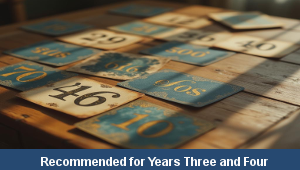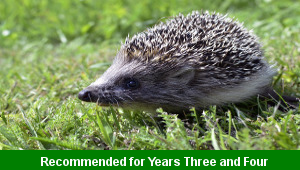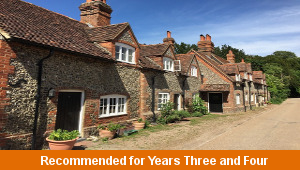Lesson Four – Science Fiction

This English teaching pack for Key Stage Two gets the children to select and record matching characters, settings and narrative events that could be utilised when composing and publishing a science fiction story.
The class can plan a story to illustrate the special content and structure that can be read in a science fiction story to suggest what might happen to different characters in a range of locations.
Download this teaching pack including a lesson plan, classroom activities and an interactive presentation to select and record matching characters, settings and narrative events that could be utilised when composing and publishing a science fiction story
Activities in this teaching pack include a shared reading text to identify and describe the structure and format of science fiction story writing and a worksheet to plan a science fiction story that matches the unique narrative features of this type of writing.
The interactive presentation gets the children to explore how to plan a science fiction story to illustrate the matching content and structure of this type of narrative genre.
This lesson is part of an English scheme of work to get the children to identify features of different narrative genres to plan and write a story to match the content and structure of one type of writing, investigate and use spellings of words with silent letters and learn how to use semi-colons to link independent clauses in sentences. There are teaching activities for shared learning, differentiated worksheets to support independent learning and interactive presentations to introduce concepts and key skills.
-

Rounding Hundreds
Explain and model how to round some different numbers to the nearest hundred based on the place values of the digits in each number
-

Rounding Tens
Identify and record how to round some different numbers to the nearest ten based on the place values of the digits in each number
-

Classic Animal Stories
Investigate the structure and content of classic works of fiction by significant authors with animals as the main characters
-

Cities, Towns and Villages
Research and present the history of a range of different buildings and people that are part of the local community using a school exhibition
